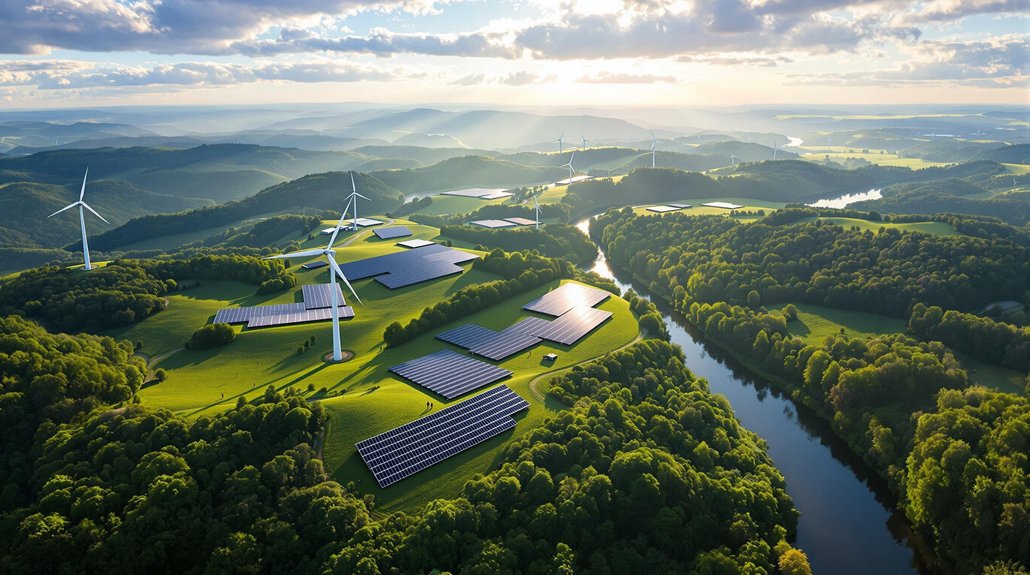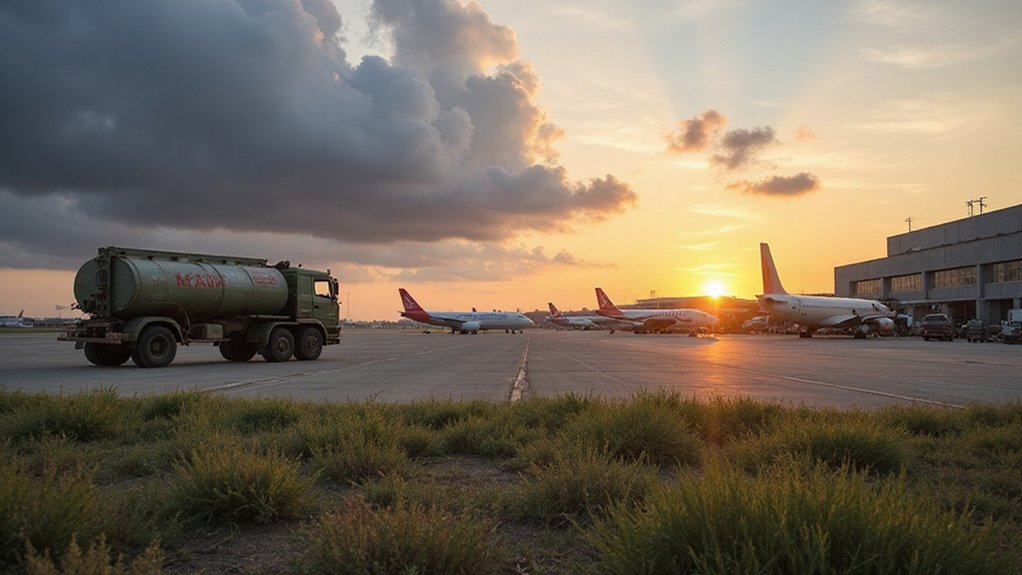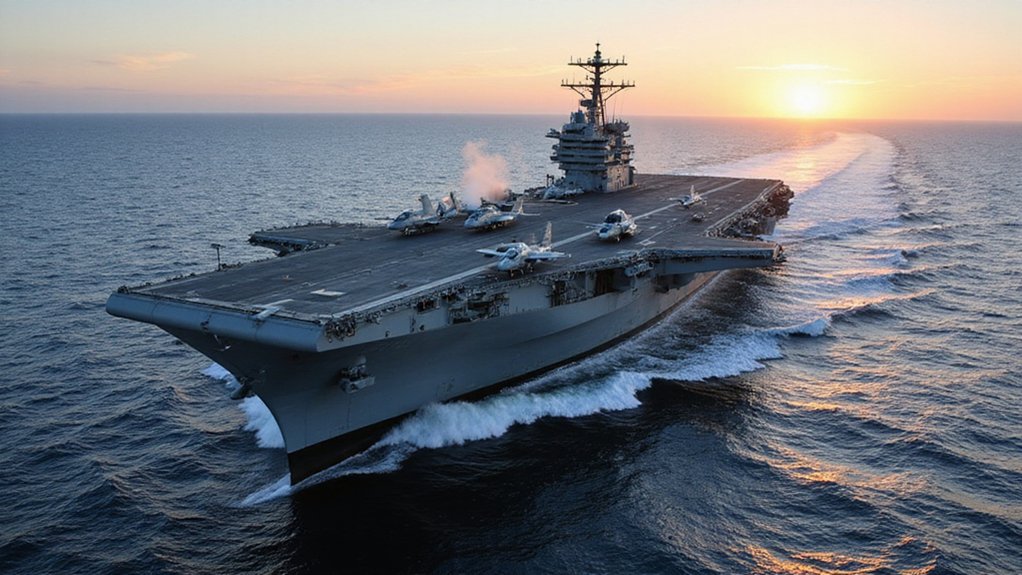The EU’s carbon trading scheme, set to include shipping in 2024, is likely pushing companies toward LNG vessels as a quick emissions solution. LNG ships emit 25% less carbon than traditional vessels. However, Maersk cautions against this trend, maintaining its commitment to methanol despite supply challenges. With carbon prices reaching €80-90 per ton, shipping firms face costs of €1.3 million per vessel by 2026. This change represents just one step in the industry’s complex decarbonization journey.
The world’s largest shipping companies are facing new challenges as the EU Emissions Trading System (EU ETS) expands to include maritime transport in 2024. This carbon trading scheme will be phased in gradually, covering 40% of emissions in 2025, 70% in 2026, and 100% by 2027 for vessels over 5,000 gross tons.
The financial impact will be significant. The EU ETS is expected to generate about €7 billion in annual tax revenue with carbon prices at €80-90 per metric ton. For shipping companies, this means higher operating costs, with the average bulk vessel facing an estimated €1.3 million in additional expenses by 2026.
In response, many shipping firms have announced surcharges averaging $30 per TEU (twenty-foot equivalent unit). HSBC predicts these costs will push freight rates up by 1-5% as companies pass expenses to customers.
The new regulations are pushing the industry toward alternative fuels, with LNG emerging as a popular interim option. LNG-powered vessels emit about 25% less carbon than traditional bunker fuel ships. The reliability concerns of intermittent energy sources like wind make LNG an attractive transitional solution for energy security issues.
Even Maersk, which initially focused on methanol, is now adding LNG vessels to its fleet. Maersk’s shift highlights the challenges facing alternative fuels. While the company ordered 25 ships capable of running on methanol, limited supply and high prices have forced a strategy adjustment.
Green methanol production remains scarce, and Maersk alone would need nearly 1 million tons annually. Despite this transition challenge, the company remains committed to its carbon-neutral fleet goal by 2040. The shipping industry faces a massive financial challenge in its journey to decarbonize.
Experts estimate $0.8-1.2 trillion in investments will be needed between 2030 and 2050, with 87% going toward land-based infrastructure and production facilities. Non-compliance with the EU ETS could result in €100 per tonne penalties for shipping companies that fail to surrender sufficient allowances. Some companies are exploring carbon price hedging strategies while others accelerate innovation in electrification and propulsion systems.
Shore-side electricity supply at ports is also gaining attention as the industry adapts to the new carbon economy. Despite these challenges, the EU aims to reduce shipping emissions by 62% by 2030 compared to 2005 levels.









